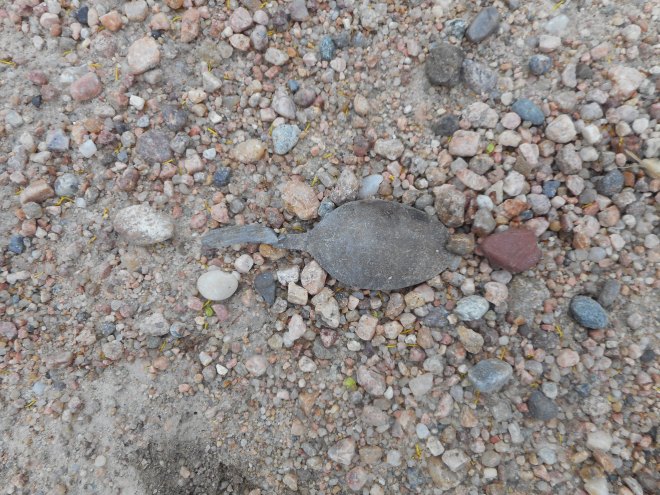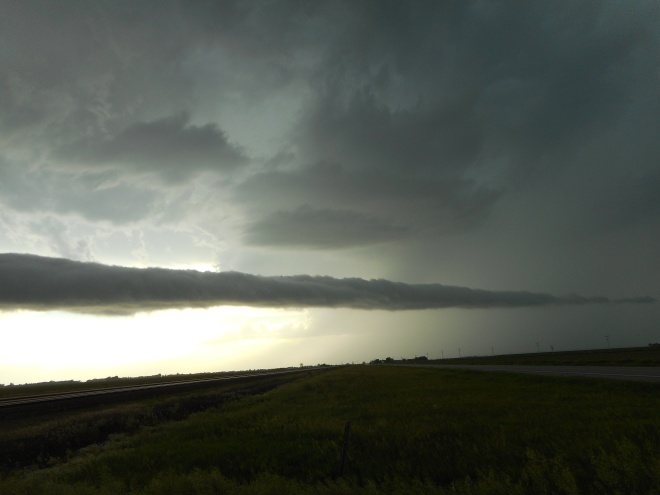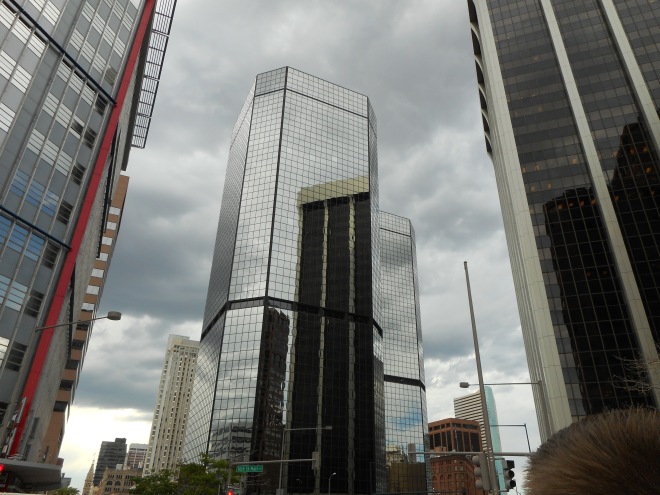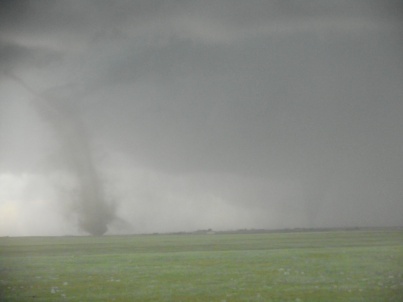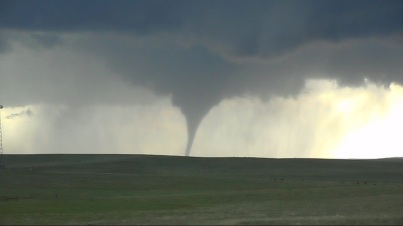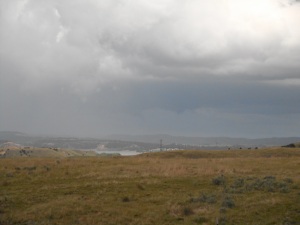As much as I learned on this trip, it was worth every penny. As Dr. Call told us before we left this morning, he has seen all of us grow as forecasters, teammates, classmates, friends, and adults. Everything that happened on this trip helped me know how to use everything I have learned previously and put it all together, to predict what is going to happen, and be aware of where and when severe weather will occur. I also enjoyed seeing the Central Plains in a whole new light. To visualize the Central Plains puts into perspective just how diverse the United States really are. Also I learned how pictures are simply not enough to grasp the majesty of the weather. You can see a picture of a large supercell, but you don’t think about how large they really are until you are looking at one in real life.
With over 7000 miles traveled in 15 days, I consider myself to be a pretty good storm chaser. With all of this under my belt I feel much more confident in my decision choosing Meteorology as a career. With this newfound confidence, I know I want to help the public’s awareness in severe weather, because the more you guys know, the more lives can be saved from tragic events such as tornadoes, floods, hail, and damaging winds. To do this, I want to either work at the National Weather Service, or at a local television station, possibly in front of the camera, I won’t know that until after broadcast meteorology. I am looking forward to seeing how my career choice changes as my classes become more tuned to certain aspects of the field. I would personally like to thank all of you for following me on this journey. I hope you learned something by doing so. If you see me around and have a question, don’t be shy, ask me, and if I don’t know, I will find out for you. I want all of you to be educated so you know what is going on out there in this beautifully chaotic system.



